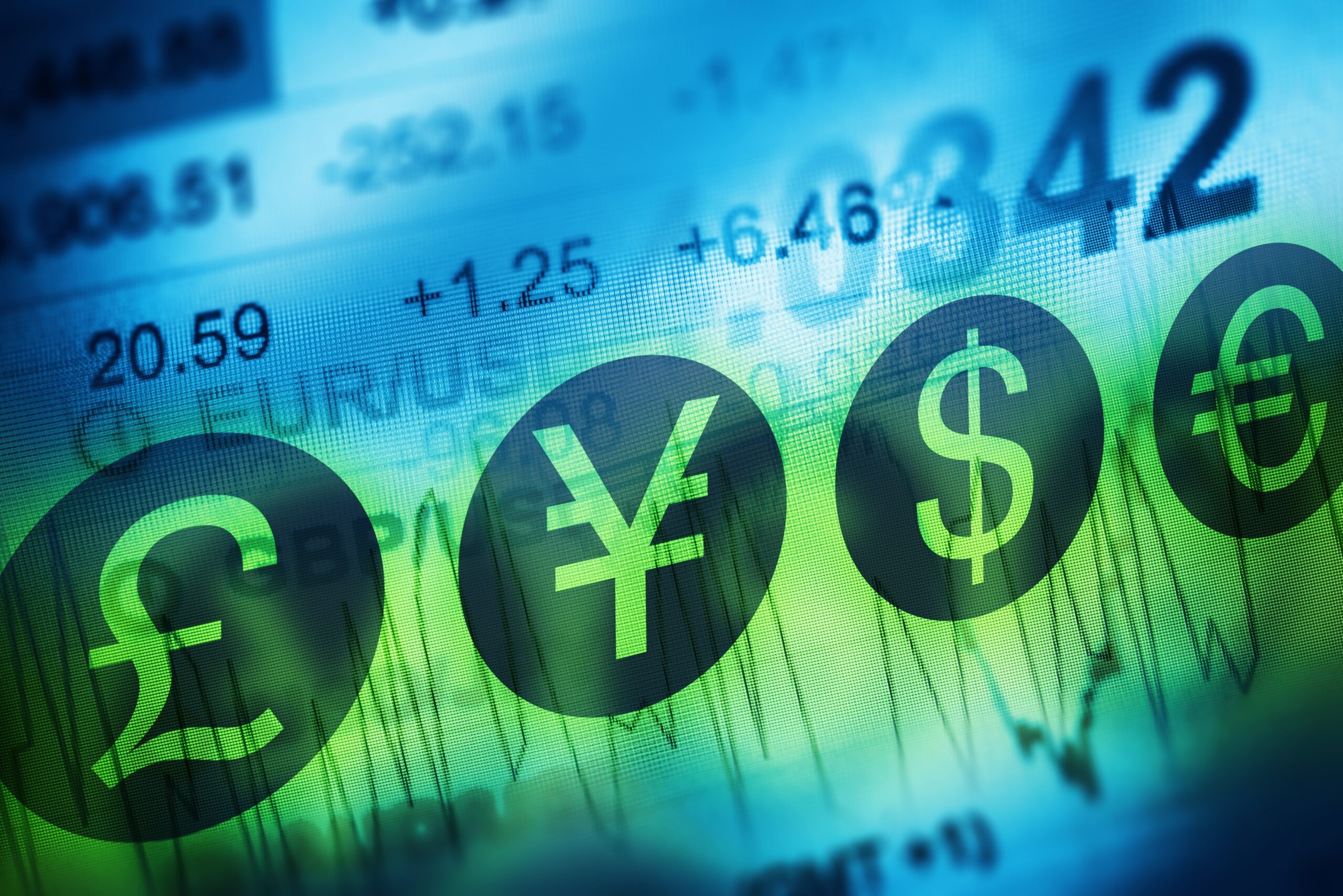Navigating Through the Haze: Understanding China’s Economic Challenges
China’s economy, renowned for its rapid growth and transformation into a global powerhouse, is currently navigating a complex landscape of challenges. The recent reports and data reflect a period of significant economic stress, marked by deflationary pressures, a decline in consumer prices, and other systemic risks that could have far-reaching implications both domestically and globally. This blog post delves into the core issues facing China’s economy, exploring the causes, consequences, and potential paths forward.
The Specter of Deflation
A significant concern for China’s economy is the steep fall in consumer prices, the most pronounced since 2009. This decline is indicative of deflationary pressures, a condition where the general price levels of goods and services decrease. Deflation can be a troubling sign for economies, often associated with reduced consumer spending as individuals anticipate further price drops, leading to decreased production, layoffs, and a slowdown in economic growth.
Causes of Economic Slowdown
Several factors contribute to China’s current economic predicament. The global pandemic has undoubtedly played a significant role, disrupting supply chains and reducing demand for Chinese goods. Additionally, the country’s efforts to manage its debt levels and restructure its economic model towards consumption-led growth have encountered challenges. The real estate sector, a critical engine of China’s economy, has also shown signs of strain, with high-profile financial difficulties in major companies highlighting systemic risks.
Impact on the Global Economy
China’s economic health is of global concern due to its position as the world’s second-largest economy and a major trading partner for many countries. A slowdown in China can lead to reduced demand for commodities, affecting countries reliant on exporting raw materials. It can also impact global supply chains, as seen during the pandemic, and influence global inflation rates due to changes in the cost of goods imported from China.
Government Response and Policy Measures
In response to these challenges, the Chinese government has implemented various policy measures aimed at stabilizing the economy and promoting growth. These include monetary policy adjustments, fiscal stimulus packages, and efforts to support key sectors like real estate and technology. The government is also focusing on long-term structural reforms to reduce reliance on debt-fueled growth and encourage innovation and domestic consumption.
The Role of Technology and Innovation
A bright spot in China’s economic landscape is its technology sector, which continues to show robust growth and innovation. Companies in areas such as e-commerce, artificial intelligence, and green technology are thriving, contributing to global advancements and offering a potential pathway out of the current economic challenges. The government’s support for these sectors is evident in its policy initiatives and investment in research and development.
Looking Ahead: Challenges and Opportunities
As China navigates its current economic challenges, the path forward involves balancing short-term stabilization measures with long-term structural reforms. The government’s ability to manage the complex dynamics of encouraging consumer spending, addressing debt levels, and fostering sustainable growth will be crucial. Moreover, China’s economic trajectory will significantly impact global economic trends, underscoring the importance of international cooperation and dialogue.
China’s economic challenges are multifaceted, involving both cyclical downturns and structural issues. While the immediate outlook presents significant hurdles, the country’s track record of managing economic transitions suggests a capacity for adaptation and resilience. The global community, too, has a stake in China’s economic health, given its integral role in the world economy. As such, understanding and addressing these challenges requires a nuanced approach, combining policy innovation, international collaboration, and a commitment to sustainable development.
China’s economy is at a crossroads, facing immediate pressures and long-term questions about its growth model. How it navigates these challenges will not only shape its own future but also influence global economic stability and progress.






